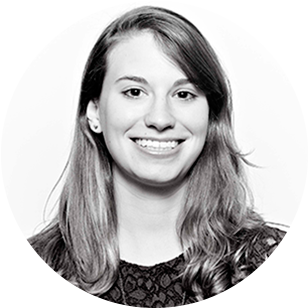7 curious currencies from around the world
From talking JFK coins to glow-in-the-dark quarters, a look at some of the world's weirdest money
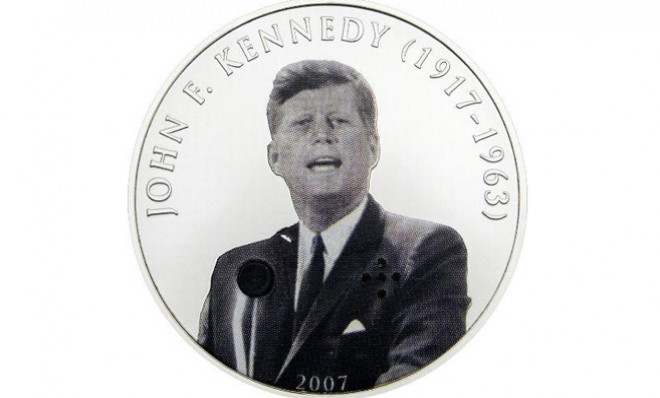
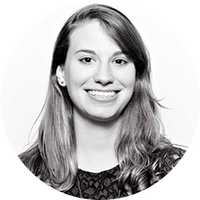
In honor of the 25th anniversary of the opening of its Parliament House, Australia has released its very first cornered coin. The $5 triangular coin's shape is an homage to the Canberra Parliament House's triangular flag pole. (See a photo here.) And while the coin is strange, it's far from the first piece of unconventional currency. Here, a look at some of the world's weirdest money:
Canada's polymer bills
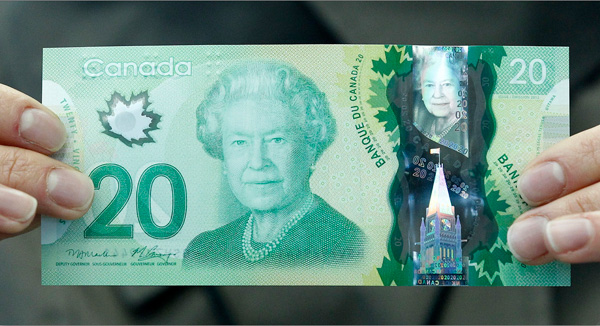
In late 2011, our neighbors to the north started replacing their paper-cotton $100 notes with bills made of polymer plastic, and soon followed up with plastic versions of the $50 and $20 bills. While the plastic bills are meant to be innovative and are packed with anti-forgery technology, they've also had their fair share of problems: In addition to feeling like Monopoly money, the bills tend to stick together in ATMs, and there have even been reports of the bills melting in extreme heat.
The Week
Escape your echo chamber. Get the facts behind the news, plus analysis from multiple perspectives.

Sign up for The Week's Free Newsletters
From our morning news briefing to a weekly Good News Newsletter, get the best of The Week delivered directly to your inbox.
From our morning news briefing to a weekly Good News Newsletter, get the best of The Week delivered directly to your inbox.
Germany's wooden bills
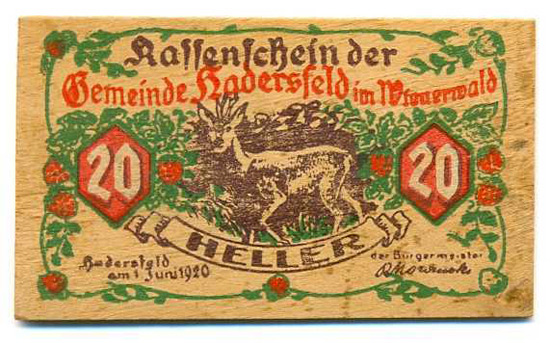
This one goes back a century: When Germany fell on hard times after World War I, out-of-control inflation rates led towns to print their own forms of unofficial currency, which they called notgeld (German for "emergency money"). Towns printed currency on everything from wood (like the bills above) to aluminum foil to playing cards to try and circumvent the depreciating value of the German mark. Since many types of notgeld were quickly snapped up by collectors, they actually contributed to the return of hard currency.
Palau's holy water coins
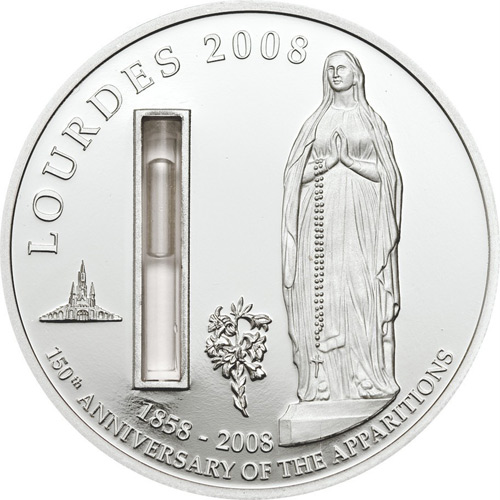
In 2008, the small island nation of Palau released a set of silver dollar coins commemorating the 150th anniversary of the apparitions of the Virgin Mary at Lourdes. Each of the limited-edition coins contains the image of the Virgin Mary and a tiny vial of holy water from the grotto in Lourdes, France.
A free daily email with the biggest news stories of the day – and the best features from TheWeek.com
Mongolia's talking Kennedy coin
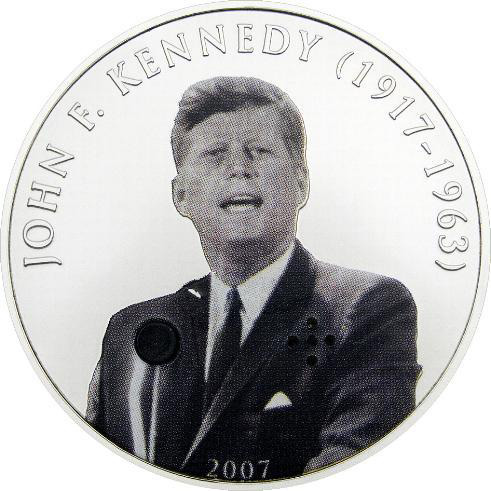
Mongolia's Kennedy coin takes the adage "money talks" quite literally: Not to be outdone by America's Kennedy half dollar, the 2007 Mongolian 500 Tugrik coin features JFK's likeness and a tiny button that, when pressed, plays a short clip from Kennedy's famous "Ich bin ein Berliner" speech. Perhaps Mongolia took such an interest in Kennedy, says CNBC, because he was "well beloved by Mongolia for launching the Peace Corps." Almost immediately after they were released, the coins were snatched up by eagle-eyed collectors.
Ithaca, New York's local currency
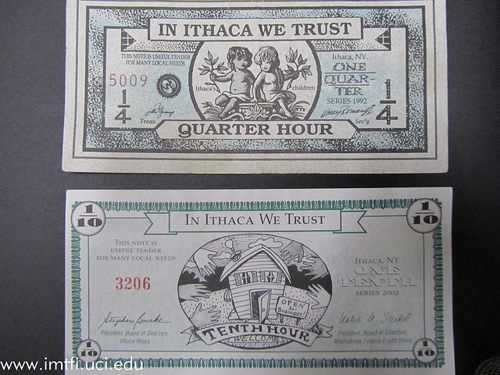
Ithaca, a pleasant little community in upstate New York best known for Cornell University, has been using Ithaca Hours to stimulate the town's economy since 1991. Indeed, Ithaca Hours are one of the most successful examples of local currency. Over 900 business in the area accept the bills, and some employees even issue them as part of their employees' wages. Each "hour" is equal to $10, since the average hourly wage in Tompkins County at the time was $10 an hour.
Canada's glow-in-the-dark dinosaur coin
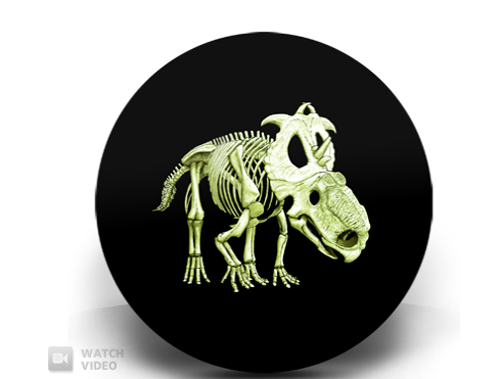
After creating plastic money that looked like a toy, the Royal Canadian Mint decided it was time to actually create a coin for fun. This collectible quarter features a colored rendering of the Pachyrhinosaurus lakustai dinosaur (discovered in 1972 in Alberta), whose skeleton also glows in the dark. As for the other side of the coin? A non-glowing version of Queen Elizabeth.
Samantha Rollins is TheWeek.com's news editor. She has previously worked for The New York Times and TIME and is a graduate of Northwestern University's Medill School of Journalism.
